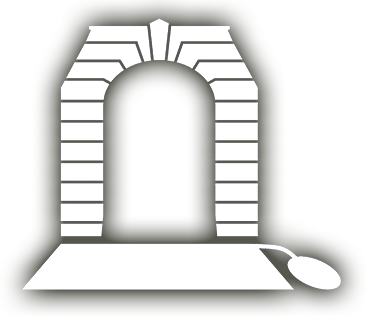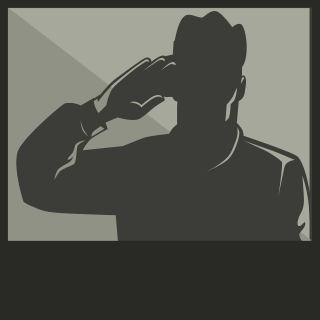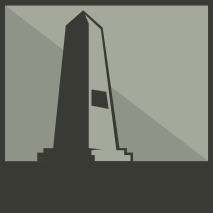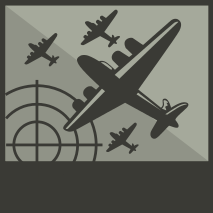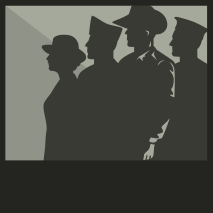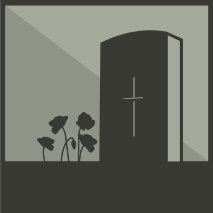
S11235
NEWELL, Harry
| Service Number: | 142 |
|---|---|
| Enlisted: | 30 December 1915, at Adelaide |
| Last Rank: | Private |
| Last Unit: | 43rd Infantry Battalion |
| Born: | Lancashire, England, August 1887 |
| Home Town: | Adelaide, South Australia |
| Schooling: | Not yet discovered |
| Occupation: | Labourer |
| Died: | Adelaide, South Australia, 25 January 1953, cause of death not yet discovered |
| Cemetery: |
West Terrace Cemetery (AIF Section) Row 12, Grave 39 |
| Memorials: |
World War 1 Service
| 30 Dec 1915: | Enlisted AIF WW1, Private, 142, 43rd Infantry Battalion, at Adelaide | |
|---|---|---|
| 9 Jun 1916: | Involvement Private, 142, 43rd Infantry Battalion, --- :embarkation_roll: roll_number: '18' embarkation_place: Adelaide embarkation_ship: HMAT Afric embarkation_ship_number: A19 public_note: '' | |
| 9 Jun 1916: | Embarked Private, 142, 43rd Infantry Battalion, HMAT Afric, Adelaide | |
| 27 Jan 1918: | Honoured Military Medal, Broodseinde Ridge, On 4th and 5th October 1917 N of ZONNEBEKE, he, as a stretcher bearer, continued without rest to dress & assist carry wounded. These operations were conducted under heavy enemy shell fire. |
Help us honour Harry Newell's service by contributing information, stories, and images so that they can be preserved for future generations.
Add my storyBiography contributed by St Ignatius' College
Harry Newell was born in the late 1880s in Lancashire, England and was a member of the Church of England. There is a discrepancy about the time harry was born as his service record states that when he enlisted, he was 28 and 4 months making his birth September 1887, but his grave states he died in 1953 aged 63 making his birth year 1889 or 1890. This was most likely an error in the enlistment papers as there was no reason for Harry to lie as he was already the legal age. It is unknown when, but before the war Harry relocated from Lancashire to Adelaide. Harry’s address when he enlisted, was 7 Ada Street, off Halifax Street, Adelaide, South Australia which is in the city. Ada street is a very old street and many of its houses are heritage listed. Harry was Married to Mrs Lucie Newell. Harry’s occupation was a labourer. Labourers do manual work and are skilled with their hands.
He had a fair complexion with light hair and blue eyes. This was likely why his nickname was snow. Harry was 5ft 4.75 inches/164.5cm and he weighed 142 pounds/64.4 kg. This was the average weight for his height. He had a chest measurement of 35-37 inches. At the time of his enlistment Dec 30th, 1915, he was 28 years and 4 months old according to his service record.
On the 9th of June 1916 Harry Newell set sail with the 43rd Battalion on the HMAT Afric A19. The battalion were to go to England, but they first stopped in Egypt. At this time Egypt was a part of the British empire so they could have stopped there for supplies. They got through to Europe most likely via the Suez Canal. When the battalion got to England they began training and were greeted with a mumps epidemic, although there is no evidence to prove that Harry Newell caught the infection. When the battalion were in England Harry went absent without leave. While he was absent it could be predicted that he could be visiting family members and friends as he is from England. The battalions first major action with its division was at the battle of Messines in Belgium and a few months later the Third Ypres campaign also in Belgium.
During the Third Ypres campaign Harry won the Military Medal, for his actions as a stretcher bearer in the Battle of Broodseinde on 4/5 October. A few days later he became sick with a trench fever, being hospitalised on 8 October 1917. Harry was fortunate to get sick at this time as this battle was dangerous, over 38,000 Australians were killed or wounded during the campaign. His trench fever was most likely due to the appalling cold and muddy conditions in which soldiers had to fight during this campaign.
Harry wasn’t sick again till the end of the war again with influenza. During this time the battalion were in vergies France. Harry got sick at a horrible time as he missed out on battalion parade and a holiday that was given in celebration. Harry for a second time was absent without leave for 3 days. The battalion at this time were taking educational classes. It could be predicted that Harry left because he saw no point in staying and he didn’t see a need in extra education. By the end of the war 386 people were killed in the 43rd battalion and 1321 were wounded. Harry’s time in the war probably wouldn’t have been the best time but better than other soldiers, as he went home with no life affecting injuries like many others.
At the end of the war Harry was awarded with 2 medals, the British war medal and the victory medal. The British war medal nicknamed the squeak, it was made out of silver or bronze and was given to 6.5 million servers. The Victory war medal also known as the Wilfred was a medal given to 5.7 million servers. These medals were given to most soldiers who served. So, Harry in particular didn’t make any special achievements as he remained a private all throughout his time in the war. Harry returned to Australia on the 20/5/19. It is unknown if Harry had children or what he did until he died. Harry died on the 25/01/1953 aged 63 years old. His grave is located in the AIF Cemetery (Row 12, Grave 39), West Terrace, Adelaide, South Australia.
Reference list
Adfa.edu.au. (2016). Details. [online] Available at: https://www.aif.adfa.edu.au/showPerson?pid=222245.
collections.anmm.gov.au. (n.d.). HMAT AFRIC : A19. [online] Available at: http://collections.anmm.gov.au/objects/134117 [Accessed 8 Mar. 2021].
Doran, J. (n.d.). HMAT A19 Afric in the Great War - The Wartime Memories Project -. [online] wartimememoriesproject.com. Available at: https://wartimememoriesproject.com/greatwar/ships/view.php?pid=2721.
Larkins, S. (2015).
Mayo Clinic. (n.d.). Mumps. [online] Available at: https://www.mayoclinic.org/diseases-conditions/mumps/symptoms-causes/syc-20375361?utm_source=Google&utm_medium=abstract&utm_content=Mumps&utm_campaign=Knowledge-panel https://www.healthdirect.gov.au/mumps.
National Archives of Australia. (1914). NEWELL Harry : Service Number - 142 : Place of Birth - Lancashire England : Place of Enlistment - Adelaide SA : Next of Kin - (Wife) NEWELL Lucy. [online] Available at: https://recordsearch.naa.gov.au/SearchNRetrieve/Interface/ViewImage.aspx?B=7995067 [Accessed 8 Mar. 2021].
The Great War. (n.d.). A Guide to British Campaign Medals of WW1. [online] Available at: http://www.greatwar.co.uk/medals/ww1-campaign-medals.htm#alliedvictorymedal.
Vwma.org.au. (2015). 43rd Infantry Battalion. [online] Available at: https://vwma.org.au/explore/units/64.
www.awm.gov.au. (n.d.). AWM4 Subclass 23/60 - 43rd Infantry Battalion. [online] Available at: https://www.awm.gov.au/collection/C1339186.

